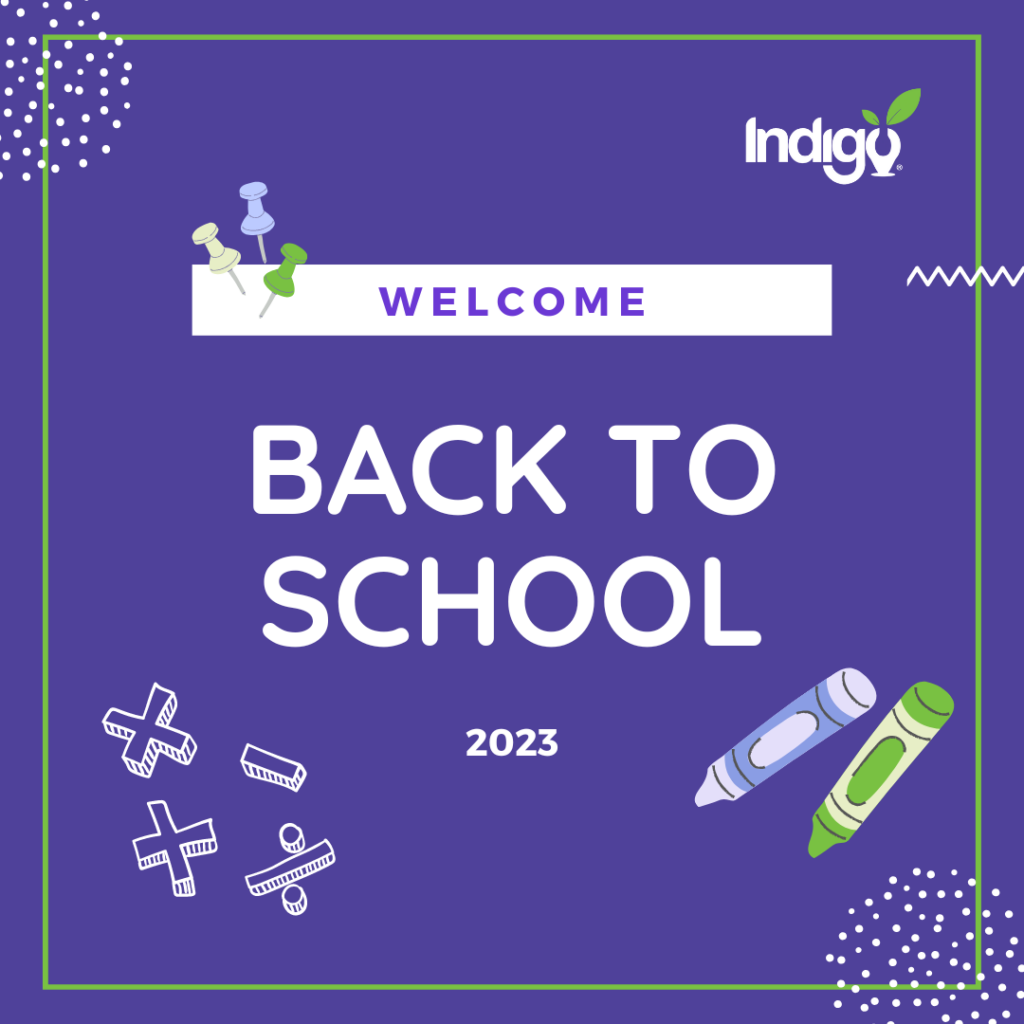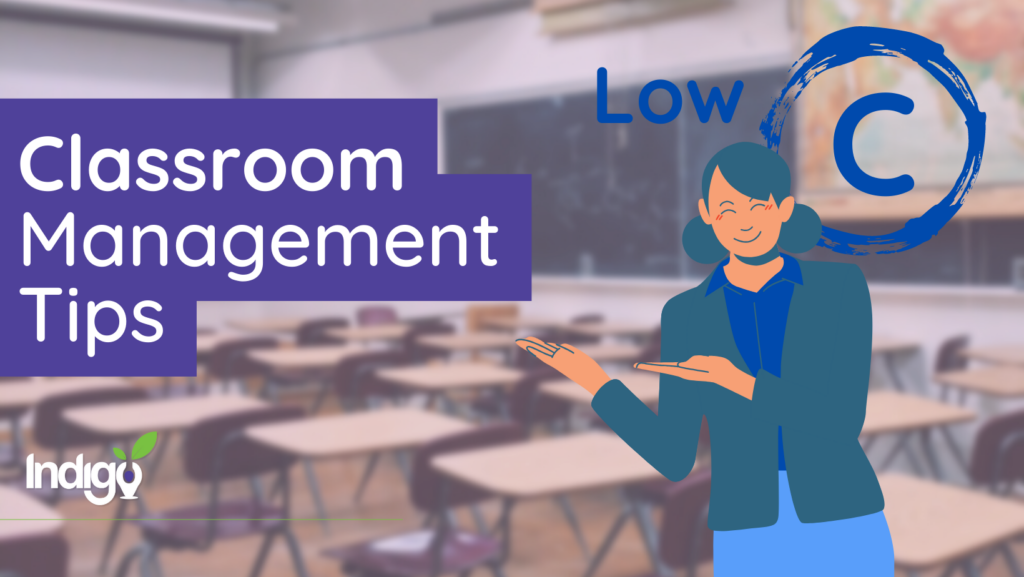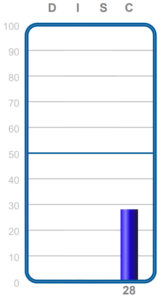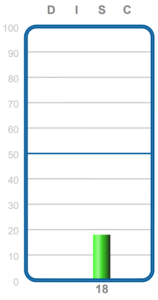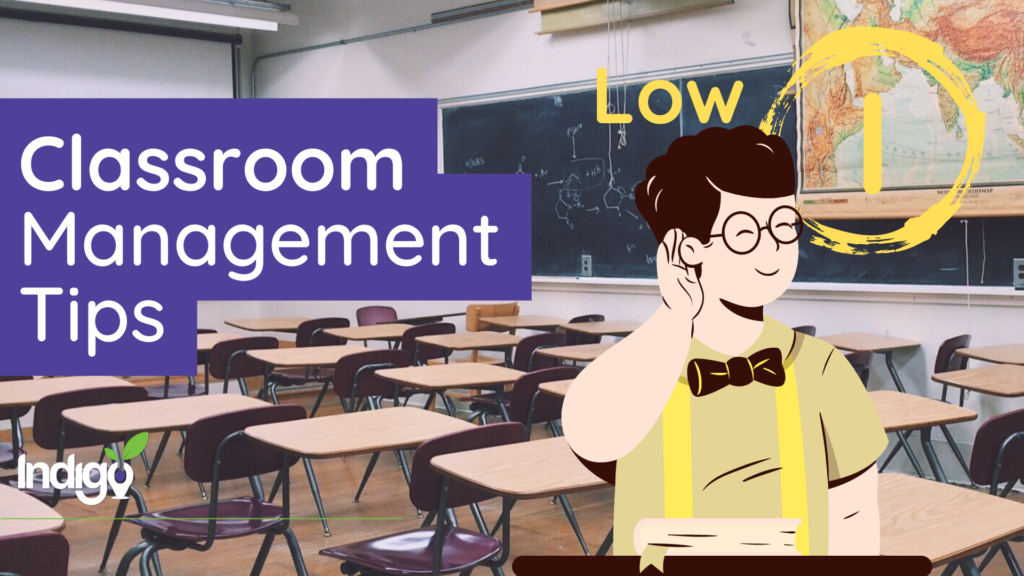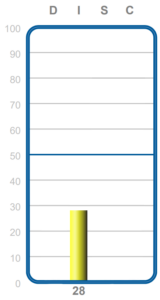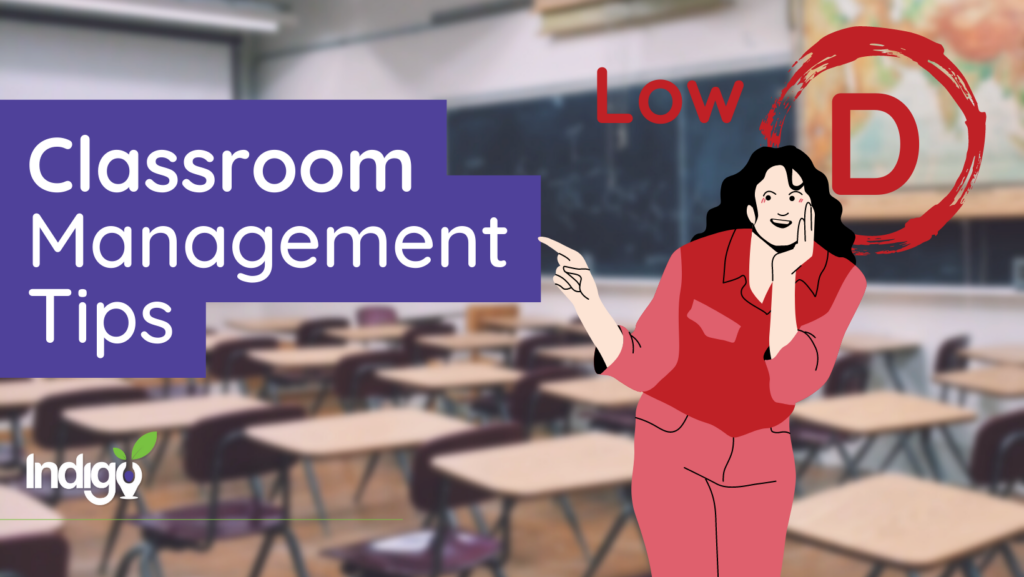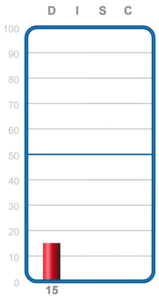Activity: Use Your Unique Strengths
Unlocking your full potential starts with recognizing and harnessing your unique strengths. Whether you’re a student looking to excel academically, kickstart your career with confidence, or simply build stronger social and emotional connections, understanding and leveraging your strengths is a powerful tool in your arsenal.
In this blog post, we’ll introduce you to a practical activity designed to help you identify your strengths, articulate them effectively, and discover how to apply them in various aspects of your life. Let’s embark on a journey of self-discovery and empowerment as we explore the transformative effects of embracing your strengths.

The Goal
This exercise helps students understand their strengths, how to articulate them, and explore how to use them.
RAMP (ASCA) Mindset & Behaviors addressed and developed:
Academic: Results Orientation; Extracurricular Activities Participation.
Career: Self Confidence; Whole Self; Perseverance.
Social/Emotional: Building Positive Peer Relationships; Sense of Belonging.
Materials
- Circle of chairs
- Indigo Report
- Pencil and paper
Step 1:
Have students read the Strengths section on the summary page of the report and star the ones that stand out to them.
Step 2:
Have students get in groups of three to talk about their strengths and times when they have used them.
Step 3:
Now have the same groups talk about places where they could use their strengths in the future. Have them each write down three examples for themselves.
Example: Two of Sally’s strengths are “Thinks outside the box when gathering information” and “Brings enthusiasm to the creative process.” She realizes these could be used to excel on the multimedia research project she has been dreading in her history class.
Note: You may need to rephrase some of the strengths on the Indigo Report if students have difficulty understanding certain words or phrases.
Activity: Use Your Unique Strengths Read More »




